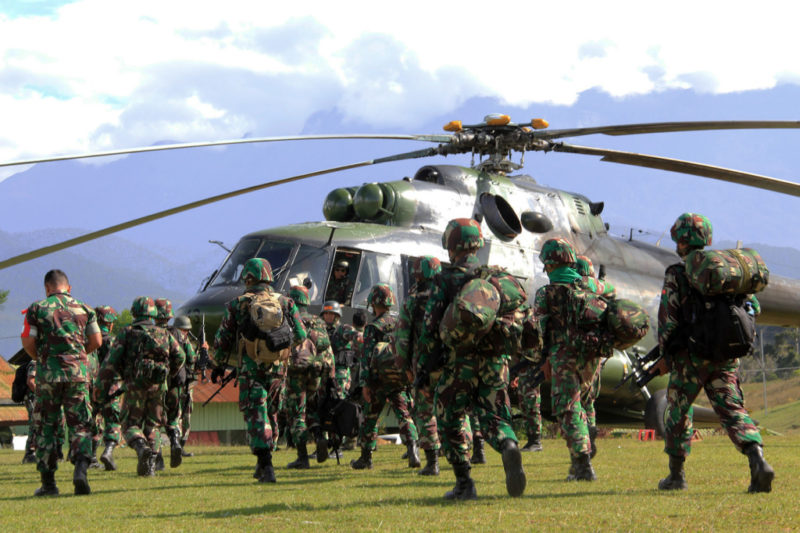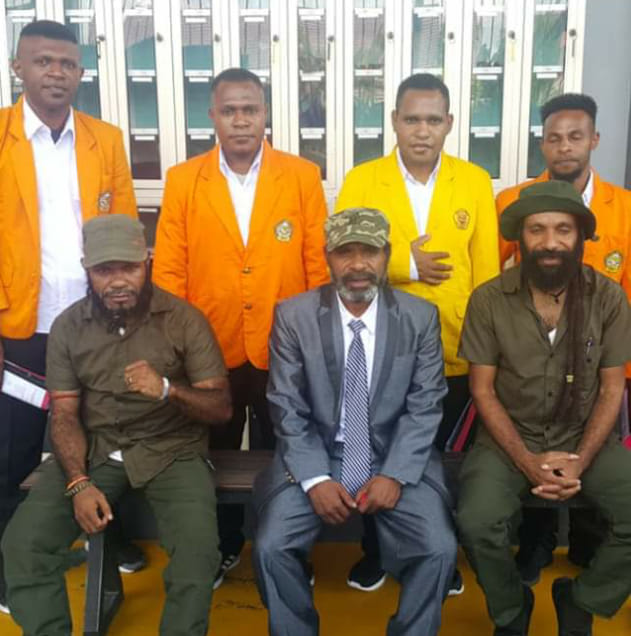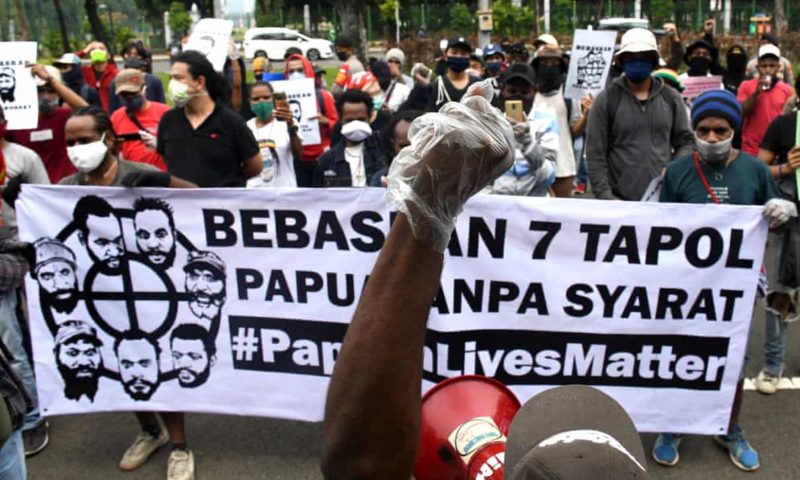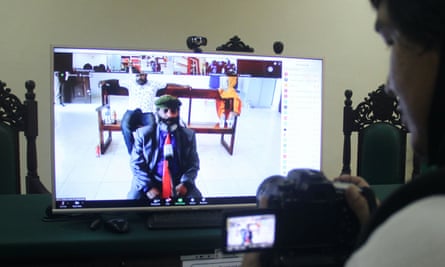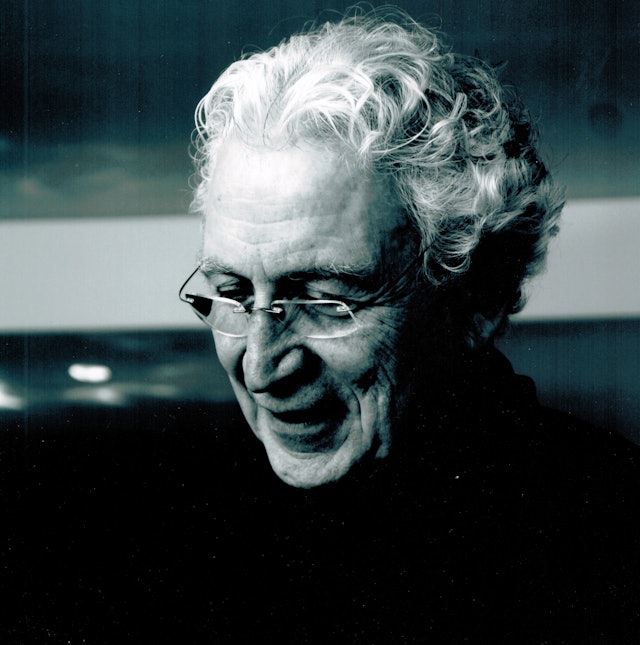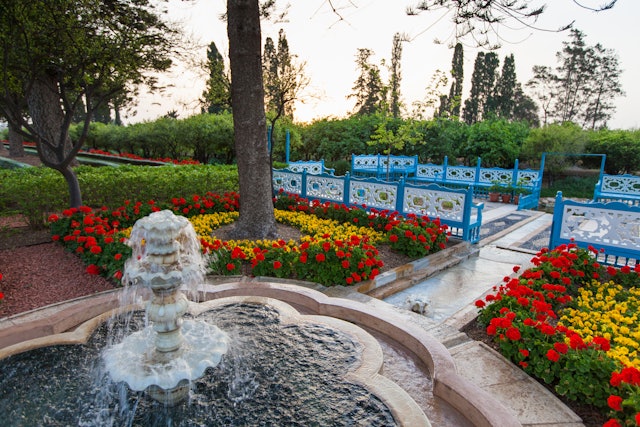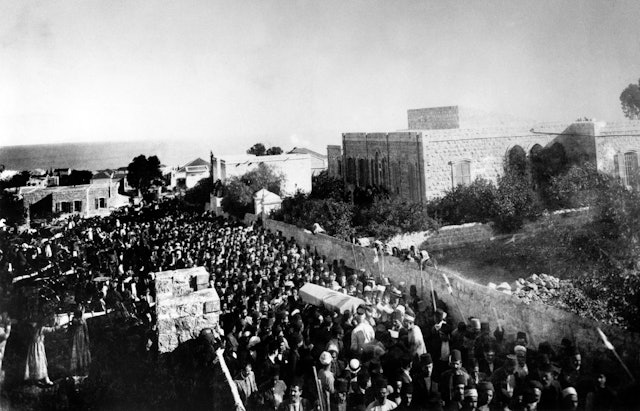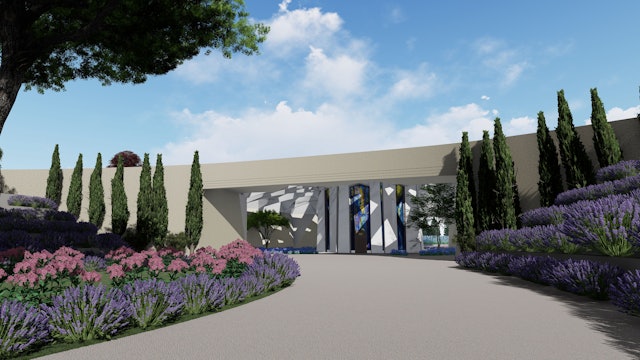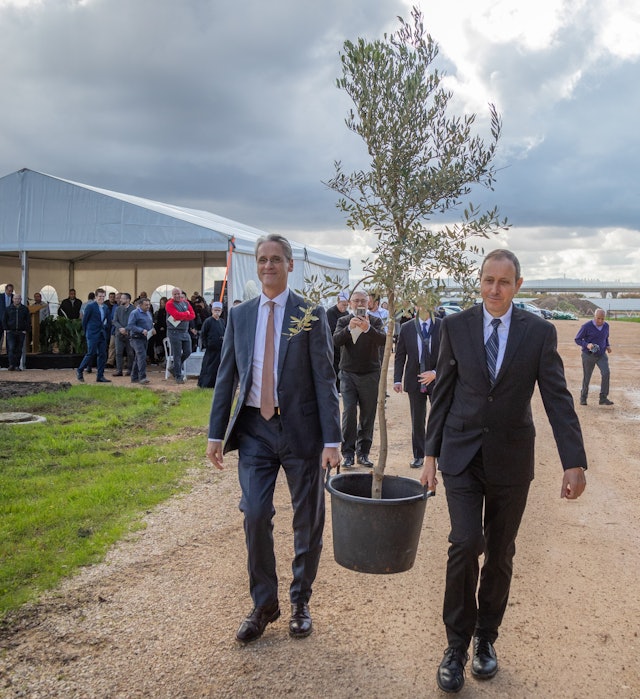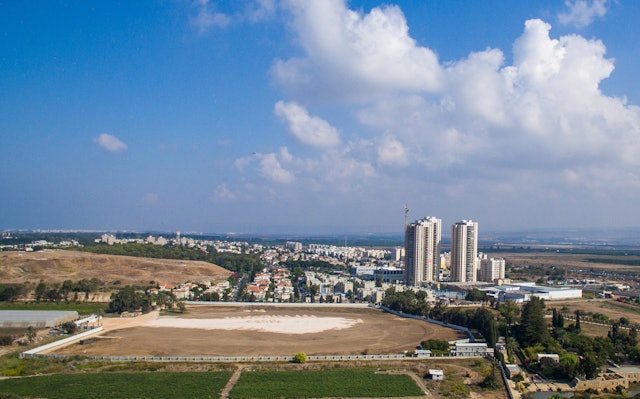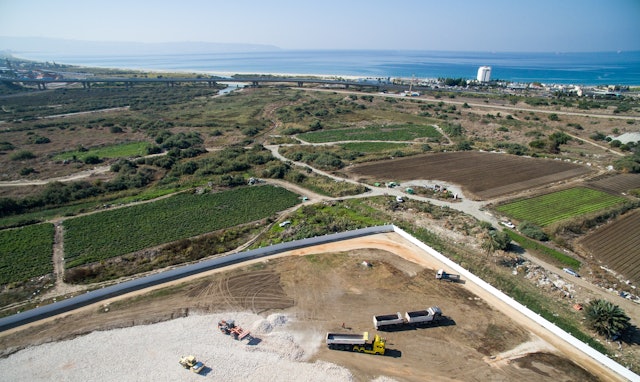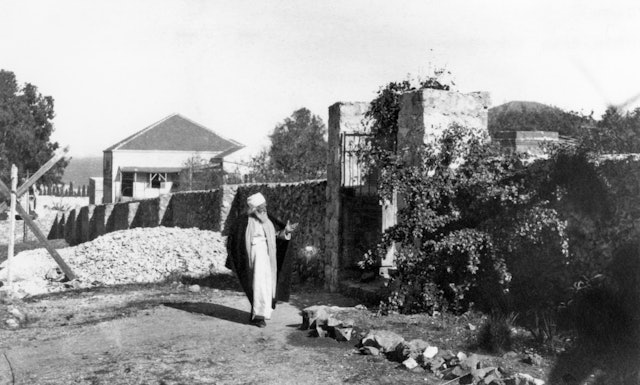Polisario Front denounces Morocco's "blackmail"
SPS 26/07/2020 - 15:24

New York, 26 July 2020 (SPS) - The Polisario Front's Representative to the United Nations, Sidi Mohamed Omar, denounced on Friday Morocco's constant recourse to "blackmail" in the implementation of UN resolutions on the Sahrawi issue, arguing that the only path sought by Rabat is the "indefinite irresolution of the conflict" in Western Sahara.
Faced with the failure of the Security Council to ensure the implementation of its resolutions on Western Sahara, Sidi Omar said that "the only solution sought by the Moroccan regime is the indefinite irresolution of the conflict while it persists in its vain attempts to normalize its illegal occupation of certain parts of Western Sahara."
He also pointed to "Morocco's constant recourse to blackmail" and the policy of "empty threats as a means of concealing the fact that it has no real political will" to achieve a peaceful and lasting solution to the conflict in accordance with UN resolutions and its doctrine on decolonisation.
"The UN-sponsored peace process in Western Sahara, launched in 1991, is now completely paralysed because of Morocco's obstructionism on the one hand, and the tendency of some parties in the Security Council and the UN Secretariat to link the entire peace process to the appointment of a new personal envoy on the other, which is only a pretext for taking no action or initiative in this regard," he stressed.
As for the delay in appointing a new personal envoy of the Secretary-General for Western Sahara to replace former German President Horst Kohler, who resigned in May 2019, Sidi Omar said that the main reason is "the preconditions" that Morocco has set itself regarding potential candidates.
In this context, the Sahrawi diplomat reaffirmed the position of the Polisario that "the appointment of a new UN envoy is not an end in itself." (SPS)
062/SPS/700
Faced with the failure of the Security Council to ensure the implementation of its resolutions on Western Sahara, Sidi Omar said that "the only solution sought by the Moroccan regime is the indefinite irresolution of the conflict while it persists in its vain attempts to normalize its illegal occupation of certain parts of Western Sahara."
He also pointed to "Morocco's constant recourse to blackmail" and the policy of "empty threats as a means of concealing the fact that it has no real political will" to achieve a peaceful and lasting solution to the conflict in accordance with UN resolutions and its doctrine on decolonisation.
"The UN-sponsored peace process in Western Sahara, launched in 1991, is now completely paralysed because of Morocco's obstructionism on the one hand, and the tendency of some parties in the Security Council and the UN Secretariat to link the entire peace process to the appointment of a new personal envoy on the other, which is only a pretext for taking no action or initiative in this regard," he stressed.
As for the delay in appointing a new personal envoy of the Secretary-General for Western Sahara to replace former German President Horst Kohler, who resigned in May 2019, Sidi Omar said that the main reason is "the preconditions" that Morocco has set itself regarding potential candidates.
In this context, the Sahrawi diplomat reaffirmed the position of the Polisario that "the appointment of a new UN envoy is not an end in itself." (SPS)
062/SPS/700

